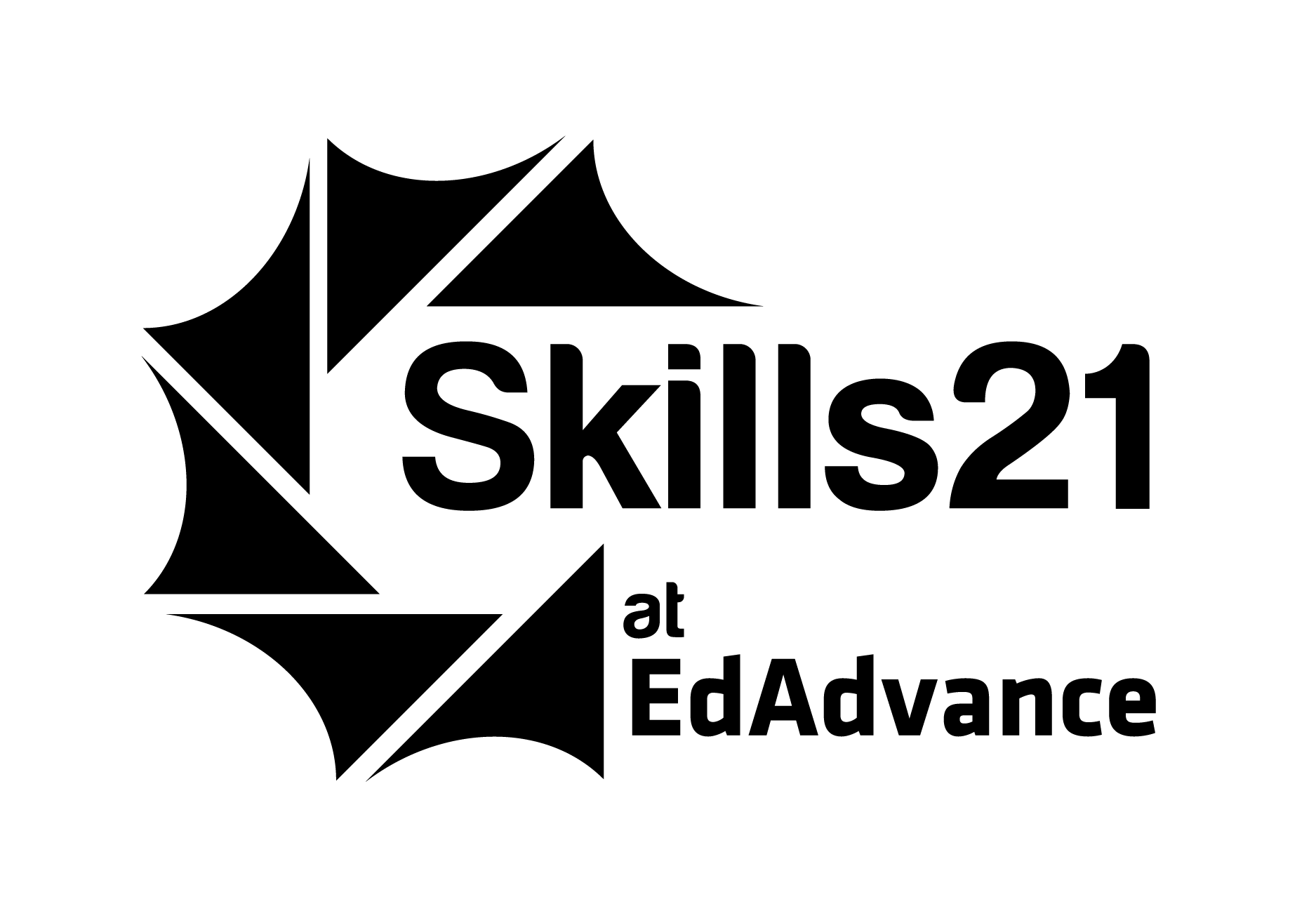Research and Data

Acknowledgements
Professor Tahara: The successor of the experiment, hatched chicken eggs in cups and gave some advice on how to conduct the experiment
Mrs. Pearson (or Mrs. Carolina): Capstone 2 teacher, helped out with the bulk of the experiment, provided lots of advice, materials, etc.
Ms. Chochi and Dr Logush: Teachers who were able to assist in safely transferring egg content into vessels (without puncturing the yolk)
Jocelyn: A friend who was kind enough to send some red cross chicken eggs for the experiment
Ms. Kushnir: Capstone 1 teacher, helped in completing the research section of the project, gave the idea of how experiment might work
Parents and grandparents: With the help of my parents, we were able to collects all of the materials necessary for the experiment. My grandparents were able to send me the polymethylpentene wrap from Japan, making the experiment possible.
Data Analysis: Results
Trial 1: The first test was a failure (all eggs died) as the eggs were opened on Day 5 (roughly 120 hours). A dozen eggs were donated by a backyard chicken breeder, a friend of the teacher. . Eight eggs were opened by usage of forceps, breaking away at the surface of the eggshell to pour into the cup. The next trial was started at around 8:00 am to meet the timing of 3:00 pm (recommended time for a student if they can stay after school). The control eggs were all fertilized eggs from two species: a red cross and an araucana breed. None of the eggs had hatched, but there was an araucana egg hat was close to the hatching stage (with hair-like feathers and wings).
Trial 2: The second dozen eggs were received from a friend’s acquaintance and put into the incubator on 11/12/19. Eight eggs were opened with forceps on 11/14/19, and four eggs were left out as control.
Data collected in the graph: The data collected was the number of days the chicken embryos lived, starting from the time the eggs were opened, and the total number of days lived before hatching.
Data Analysis: Discussion
Result Explanation/ Meaning of the Capstone Chicken Egg Data: In the first trial, the egg yolks were punctured during the process due to the chicken embryos, leading to an extremely pungent ammonia smell. The original day was supposed to be in the seven hours after day 3 (55 hours), but an attempt to do any further date would most likely result in failure. If the egg is already in embryo formation, it is not advised to open the eggs (Fig. 1). None of the eggs survived in the first trial because they were opened too late and on the side of the egg, leading to the puncturing of the yolk. The control eggs that were not opened all died before hatching, each at different days. In the second trial, the eggs were opened with forceps and transferred safely into the vessels. By using the tactic of taking advantage of the eggs’ air cells, the eggs were not punctured in the process and carefully slid into the vessel (Fig. 2). One day after incubating in the vessels, tiny pulsing heart was formed. However, the eggs were not able to be turned or supplied with necessary water over the weekends, therefore stopping the development of the embryos (Fig. 3). Because of the fact that a sure-fire way was made to safely open the eggs, the next challenge would be to find a way to maintain the eggs over the weekends (when school is closed). The eggs did not survive, but the process of keeping them alive worked (until the incubator’s humidity went dry over the weekends), meaning the experiment is possible to conduct at school (if permission is granted). The control eggs in trial 2 had a 75% hatch rate, meaning three out of the four eggs hatched in the group (Fig. 4 and 5).
Does data support hypothesis: There was no legitimate hypothesis, but because the experiment failed, the data does not support the hypothesis of succeeding the experiment.
How does this relate to the overall topic in Capstone 1: It relates because the overall topic of Capstone 1 was to conduct the experiment based off hatching chickens without their eggshells, the exact project that is currently in progress. This project is an imitation of the original experiment conducted by the Japan Poultry Science Association, except with less resources, an extremely limited amount of time, and lots of sources for research.

Data Analysis: Conclusion
Although the plastic wrap vessel method did not succeed in hatching the eggs in the past trials, it is made clear that the experiment is capable of doing so. That is as long as the egg is carefully opened at the air cell, and if there is proper egg maintenance over the weekends at school. It is advised to have a way to make sure that the eggs are able to be observed everyday, as the plastic vessel eggs have less resistance against lack of humidity. And it is also a good idea to have a plan of when to do the experiment (to not miss the crucial time period to open the eggs). Trial 3 will be most likely be commencing sometime in January, after the capstone course ends.
Egg Video
This is a small video of the progress made during the experiment in the second trial.
